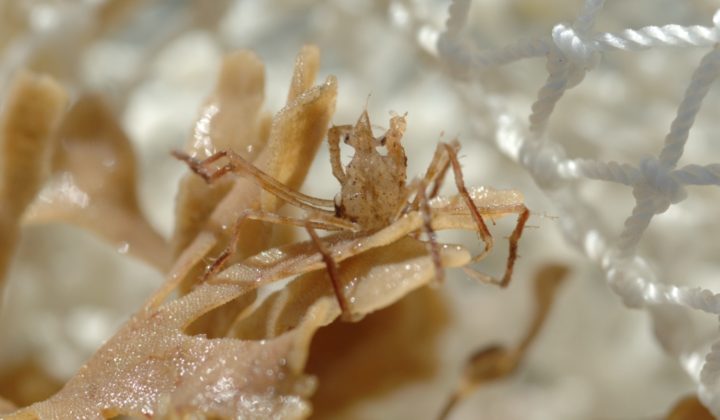Crustacea
Collection
The Crustacea collection (except ostracods, see for that group Division for Paleontology and Historical Geology I) currently comprises about 48,000 catalogued lots, consisting of about 480,000 individuals.
Together with the large amount of unidentified and uncatalogued samples (about 20,000) this is one of the largest collections in Europe. Also within the collection there are a number of areas of international scientific importance: decapods of Europe, Middle East and Far East (largest collection of Japanese decapods outside Japan) and the freshwater crab collection, which contains many type specimens. Besides this the terrestrial isopod collection becomes very significant.
Remarkable special collections are the former private decapod collections of Tune Sakai, Katsushi Sakai and Keisuke Matsuzawa; as well as the crustacean collection of the Heidelberg-Museum; and the crustacean collection of the Zoological Museum of Göttingen University, which was deposited as a permanent loan at the Senckenberg in 1985. During the last century the Göttingen Crustacea collection was one of the largest in Germany, it contains about 1,500 lots forming the basis for a number of classical research publications.
The computer-catalogue (SeSam) covers about 75% of the whole collection (about 36,000 catalogue numbers). This includes all incoming material since 1989 and parts of the other collection that have been revised by scientists of the section or visiting scientists. Besides crustaceans the section also administers the collections of other marine Arthropods (Xiphosura, Pantopoda, Tardigrada), consisting of about 1,710 catalogued and about 800 uncatalogued lots.


